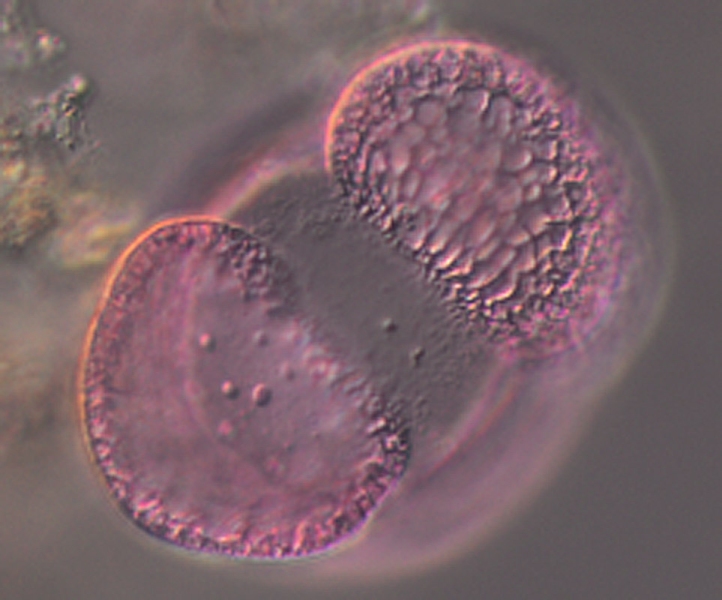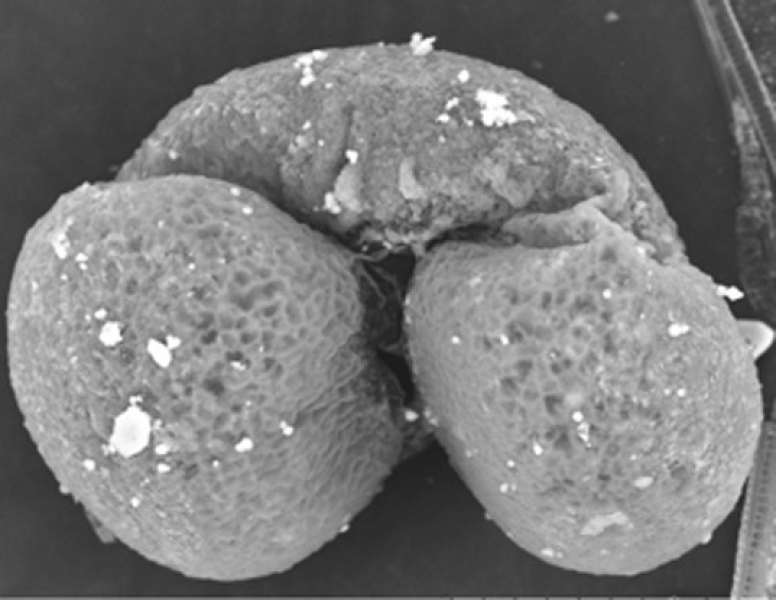Pollen from New Zealand pine forests has been shown to travel more than 1500km through wind and ocean currents, and sink thousands of metres into the ocean to reach some of the world’s deepest ecosystems.
NIWA scientists have analysed sediment samples from the Kermadec and Tonga trenches north of New Zealand. The findings show pine pollen is common, even in these remote deep-sea ecosystems.
Pollen was found to be particularly abundant in the deepest part of the Tonga Trench, some 10,800m down – and the second deepest point of the world’s oceans.
The research findings have just been published in the scientific journal Ecosystems and concludes that pollen from exotic pine plantations may be changing these remote ecosystems.
NIWA marine biologist Dr Daniel Leduc says the steep topography of trenches is thought to funnel fine particles that sink from the surface waters of the sea, leading to high accumulation of fine material, including pollen, at their deepest point.
The study also found that areas where pollen is most abundant harbour the most life, suggesting that pollen may be a food source for some deep-sea organisms. Pine pollen was observed inside small, single-celled organisms called gromiids, which ingest the pollen and may derive nutritional benefits from it, Dr Leduc says.
“This unsuspected source of land-derived food originating from exotic pine plantations may be altering deep-sea food webs. Deep-sea ecosystems are typically characterised by very low availability of food sinking from the surface, and any new food source is likely to get used by the organisms that live in the sediments.”
Pines produce particularly large amounts of pollen which can travel very long distance by wind and ocean currents, reaching remote offshore areas where little or no other pollen is found.
Dr Leduc says the replacement of native forest by forests of exotic pine likely led to an increased transport of pollen to offshore areas. Monterey pine was introduced to New Zealand in the early 20th century, with more than one million hectares of pine forest now established. These forests produce an estimated 4.5 million tons of pollen each year.
Dr Ashley Rowden a NIWA scientist who co-authored the study said “The accumulation of pine pollen may represent an unsuspected carbon sink. The gradual burial of pine pollen, part of which is highly resistant to decomposition, likely contributes to the sequestration of land-derived carbon.”
Further research is planned by NIWA scientists to investigate just how much carbon and nutrients are being transported by pine pollen to the deep sea around New Zealand, and to better understand the contribution of pollen to the diet of deep-sea organisms.
To read the paper see: http://rdcu.be/rtjd




